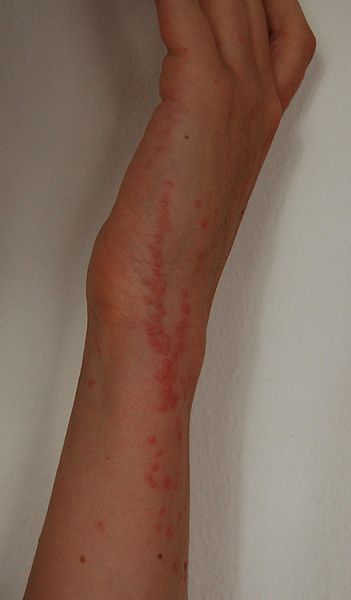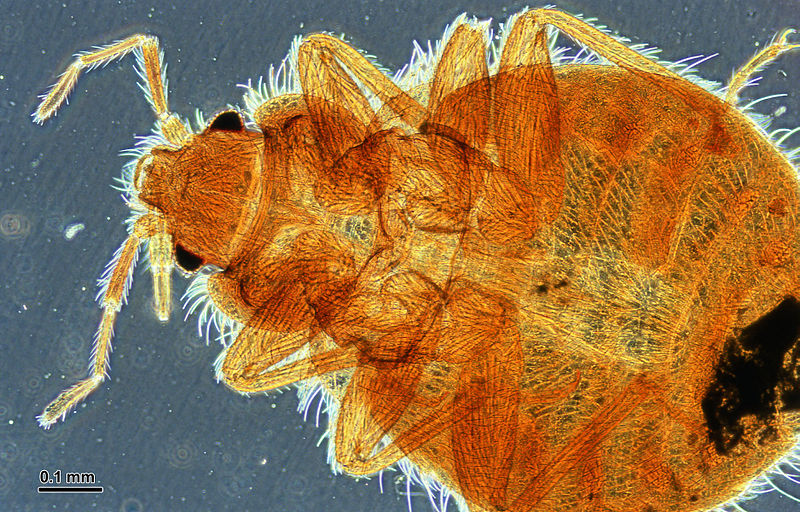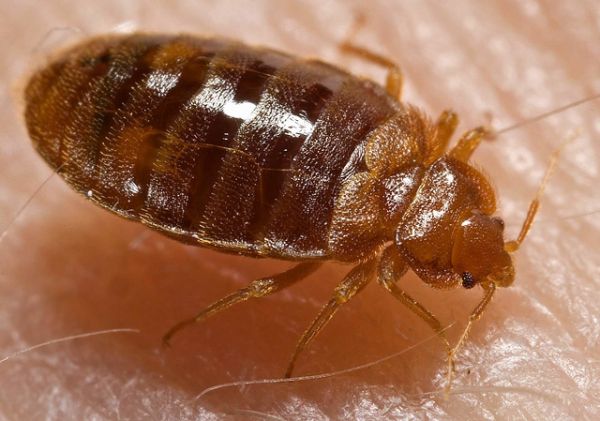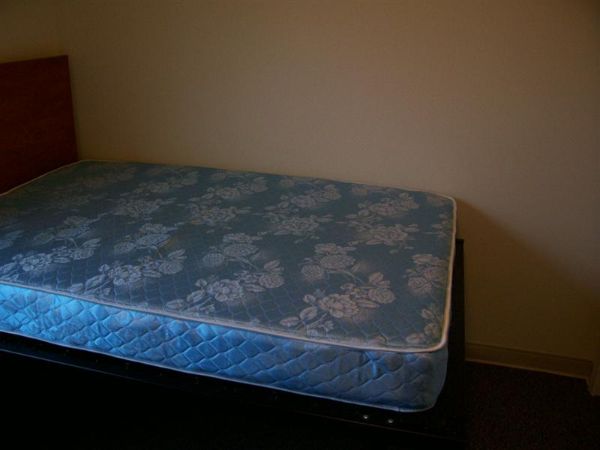While a description of bed bugs can be helpful, we all know that a picture is worth a thousand words. Whether you’re wondering if the creepy-crawly you found is a bed bug or you’re just curious, we’ve got bed bug images galore for you to check out so you know what bed bugs look like. If you’re trying to identify a bug you’ve found in your home, here are a few features to consider:
- What is the size and shape of the insect?
- Does it have wings?
- How does it move? Does it fly, crawl, or jump?
- Do you see antennae or a prominent mouth?
- What color is it?
All of these will help you determine if you do, in fact, have bed bugs or if what you’re looking at is something else. It’s helpful to know because while certain types of insect infestations can be remedied with DIY solutions, bed bugs are usually a different story and require the help of a professional. Read on to learn more about what bed bugs look like and to see bed bug images to help you out.
What Are the Different Types of Bed Bugs?

In the United States, the type of bed bugs you’re going to see the most are C. lectularius or C. hemipterus, which are known respectively as common bed bugs and tropical bed bugs. These are both common in the USA and in Europe, so even if you’ve been traveling around the country or in Europe, if you have bed bugs, this is probably what you have in your home.
If you have traveled to the Southern Hemisphere and spent some time in Africa or South America, it’s possible that some L. boueti bed bugs have hitched a ride home with you. Even avid world travelers aren’t very prone to this, however, since these critters prefer to feed on bats, not humans. Still, if you’ve been in one of these areas, it’s possible.
When treating bed bugs, it doesn’t generally matter which type of bed bug you’re dealing with, as long as they’re actually bed bugs.
There are some other bugs that look very similar to bed bugs, though, and they might require a different approach. These mostly feed on either bats or birds, though, so while you might occasionally get one of these insects in your house, especially if you keep chickens or have a large population of bats near you, you’re not likely to have an infestation.
How Big Are Bed Bugs?

Most bed bugs are about the size of an apple seed. They’re about 1/4 inch long when they’re fully grown. If a bed bug has just eaten, it will often look rounder and a bit larger. While adult bed bugs are usually a medium-brown color, they’ll often look darker and redder if they’ve fed recently.

Young bed bugs, called nymphs, are smaller and a translucent yellow or beige color. They’re more difficult to see because they’re lighter in color and a bit see-through. If they’ve recently fed, however, they’ll take on a reddish-brown or even black color.
What Do Bed Bug Eggs Look Like?

Bed bug eggs are tiny, only about one millimeter long. They’re pearl white, and they’re often found in clusters in the same places you’d find adult bed bugs. For example, you might find bed bug eggs in the seams of your mattress, in the space between the baseboard and the carpet, or under couch cushions. As the eggs mature, they’ll develop a tiny black spot. Eggs hatch after about two weeks.
What Do Bed Bug Bites Look Like?

Unlike mosquito or ant bites, bed bug bites are typically clustered on the skin. The bugs bite and feed, bite and feed, so you’ll often see them in a line, in a zigzag pattern, or in a little cluster of several bites. They’re red and they look similar to mosquito bites.

Because bed bugs inject an anesthetic chemical as they feed, you won’t feel it biting you. You also won’t feel any itching until that anesthetic wears off, which takes a few hours. Bed bug bites are itchy, but they’re not likely to become infected, and bed bugs don’t spread any diseases.
What Does an Infestation of Bed Bugs Look Like?

An early infestation of bed bugs doesn’t often look like much because the bed bugs are hiding by day and you might only experience a few bites here and there. Unfortunately, these critters multiply quickly, so a small infestation will rapidly become a large one in a relatively short period of time. Since a female bed bug can lay between two and seven eggs per day, you can see how just a handful of bugs can create a whole colony in very little time.
Once the infestation is well-established, you might find bugs on your mattress, on the wall behind your bed, on your carpet, or on other upholstered items in your home. They can also infest non-upholstered furniture, such as dining room chairs or your desk. You might find dark spots on your sheets from rolling over onto the bugs in your sleep, and you might also smell a sweet, musty odor that the bugs emit if they’re crushed.
More Bed Bug Images




Knowing what you’re up against is half the battle when you’re dealing with a bed bug infestation! Check these images against the bugs you’re seeing to determine whether you have bed bugs, and if so, please contact a professional exterminator to help you solve the problem.












